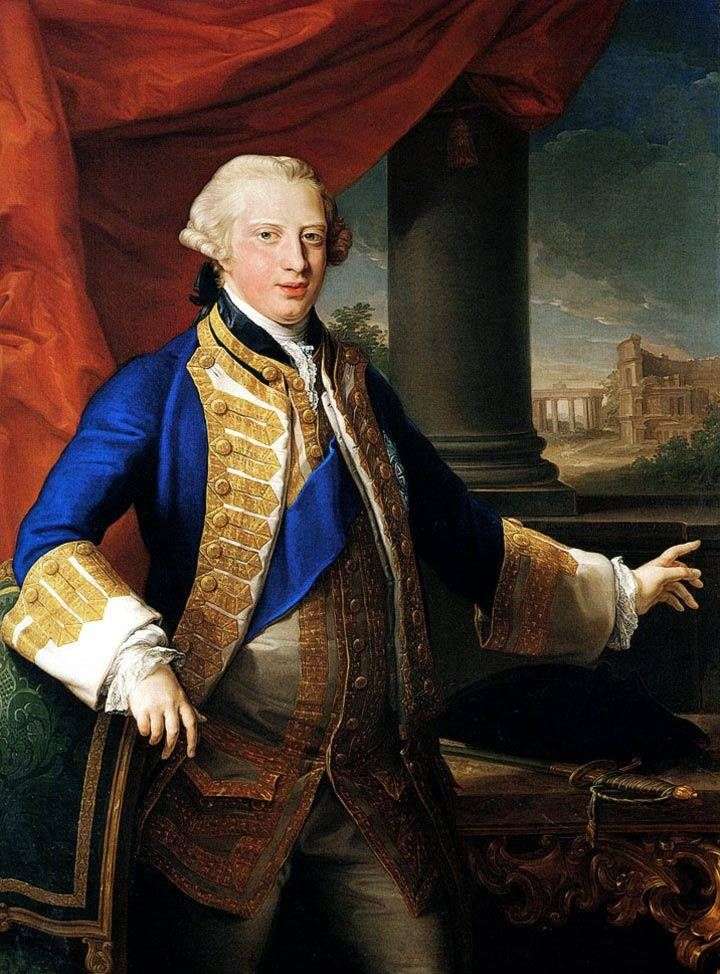
Painting of the Italian artist Pompeo Batoni “Portrait of Edward Augustus, Duke of York.” The size of the portrait is 135 x 100 cm, canvas, oil. The history of the city of York and the York Duchy began in 71 AD, when the Romans, conquering northern Britain, built here their stronghold – the fortress of Eboracum, soon to become the center of Roman possessions. York was visited by the emperors Adrian and Septimius Severus.
With the retreat of the Romans, the village of Eforvik remained on the site of the fortress. In the Anglo-Saxon era, this settlement became the center of the kingdom of Northumbria, from where Christianity actively spread.
The significance of York has increased significantly after the Norman conquest. Here were built powerful fortifications. Until the Industrial Revolution of the 19th century, York remained the second most important city in England. In York there are: the Art Gallery, the Yorkshire Museum with finds of Roman and Celtic time, the Yorvik Viking Center with an exhibition dedicated to the Vikings, the Museum in the fortress of the times of William the Conqueror, the National Railway Museum.
Among the monuments of architecture: the cathedral, the city wall, the city gate, the Roman-Gothic cathedral, St. Mary’s Abbey and the Dukes of York, the dwelling houses.
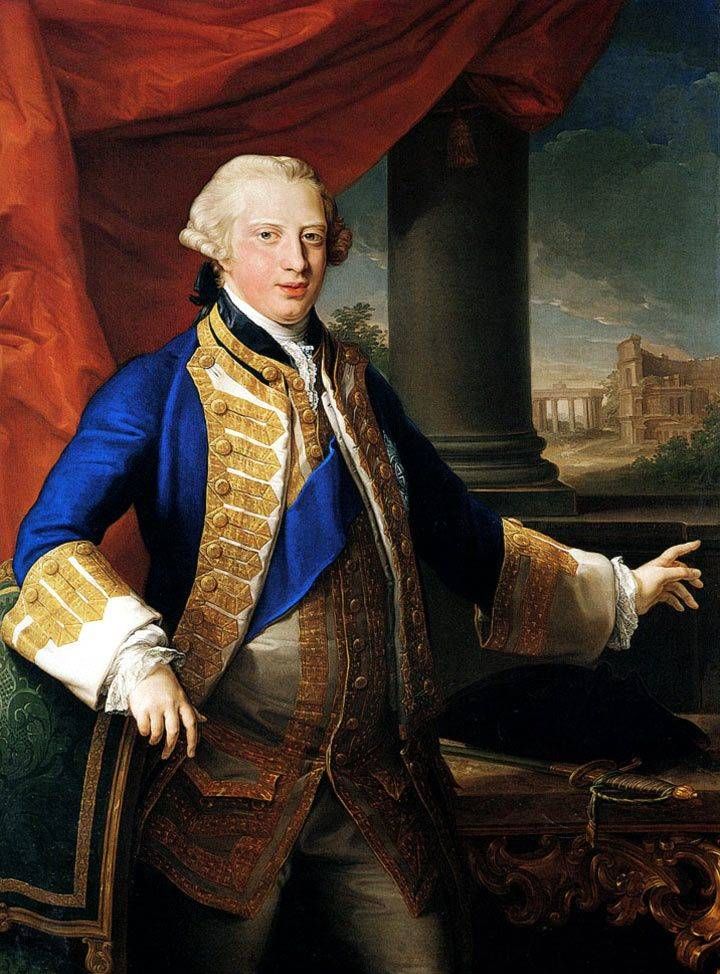 Portrait d’Edward Augustus, duc d’York – Pompeo Batoni
Portrait d’Edward Augustus, duc d’York – Pompeo Batoni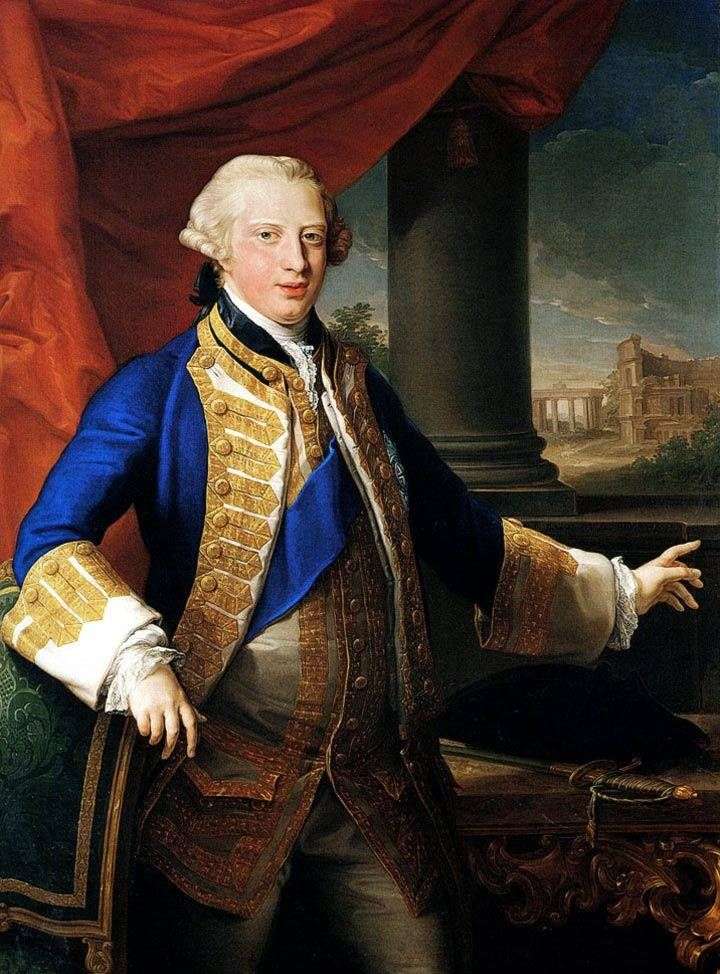 Retrato de Edward Augustus, duque de York – Pompeo Batoni
Retrato de Edward Augustus, duque de York – Pompeo Batoni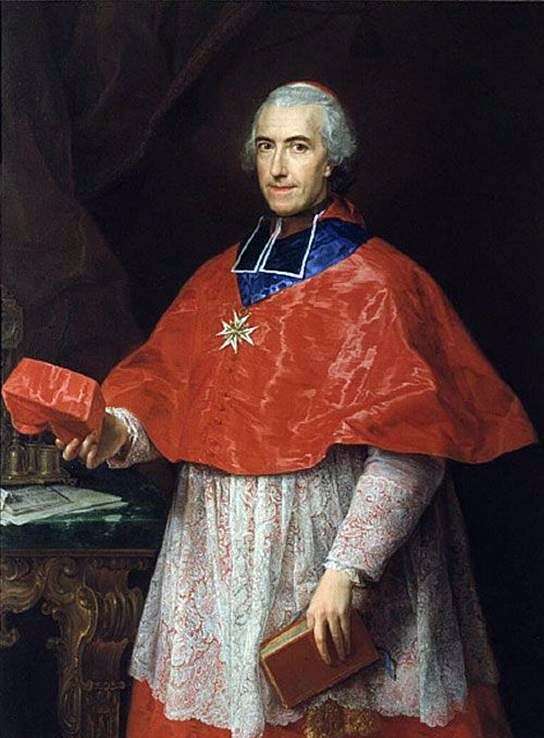 Portrait of Cardinal Jean-François de Rozheshuar by Pompeo Batoni
Portrait of Cardinal Jean-François de Rozheshuar by Pompeo Batoni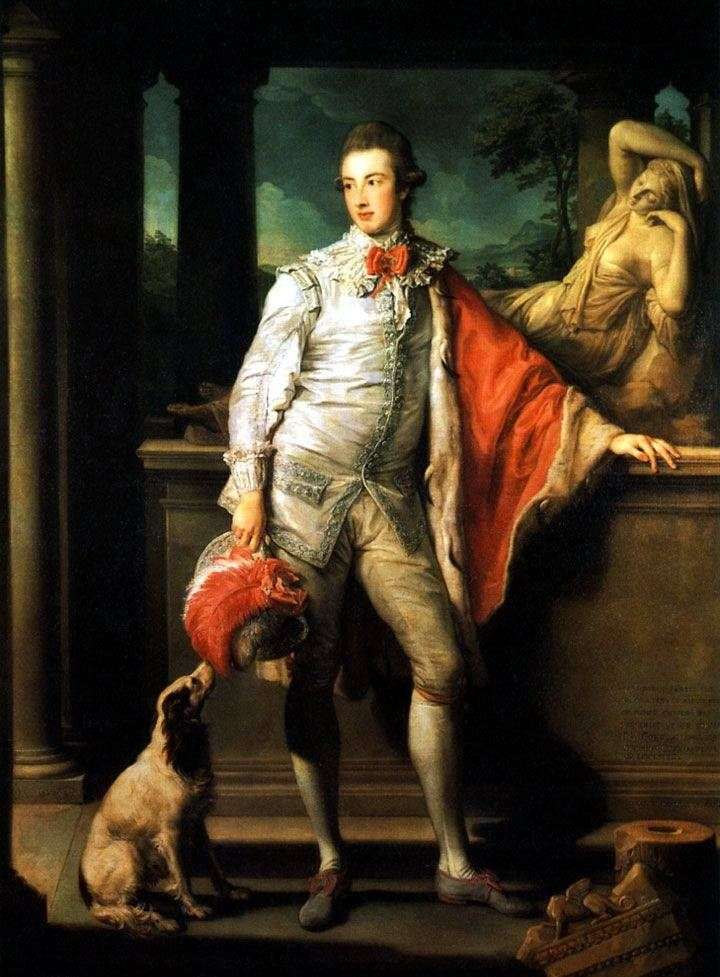 Portrait of Thomas William Coke by Pompeo Batoni
Portrait of Thomas William Coke by Pompeo Batoni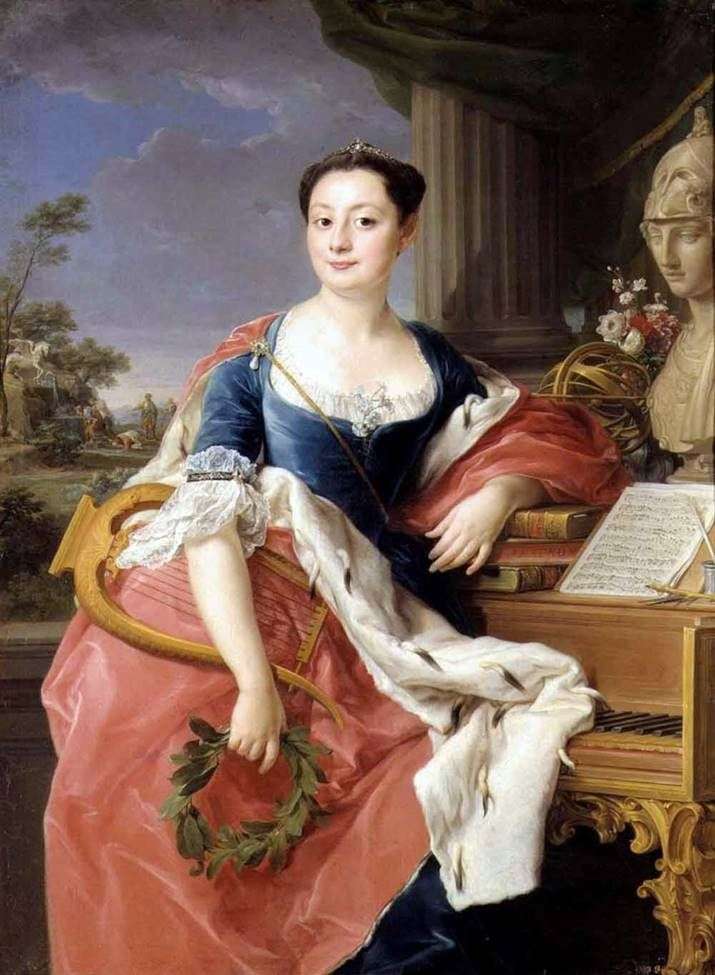 Portrait of Princess Hyacinth Orsini by Pompeo Batoni
Portrait of Princess Hyacinth Orsini by Pompeo Batoni Portrait of Emperor Joseph II and Leopold of Tuscany by Pompeo Batoni
Portrait of Emperor Joseph II and Leopold of Tuscany by Pompeo Batoni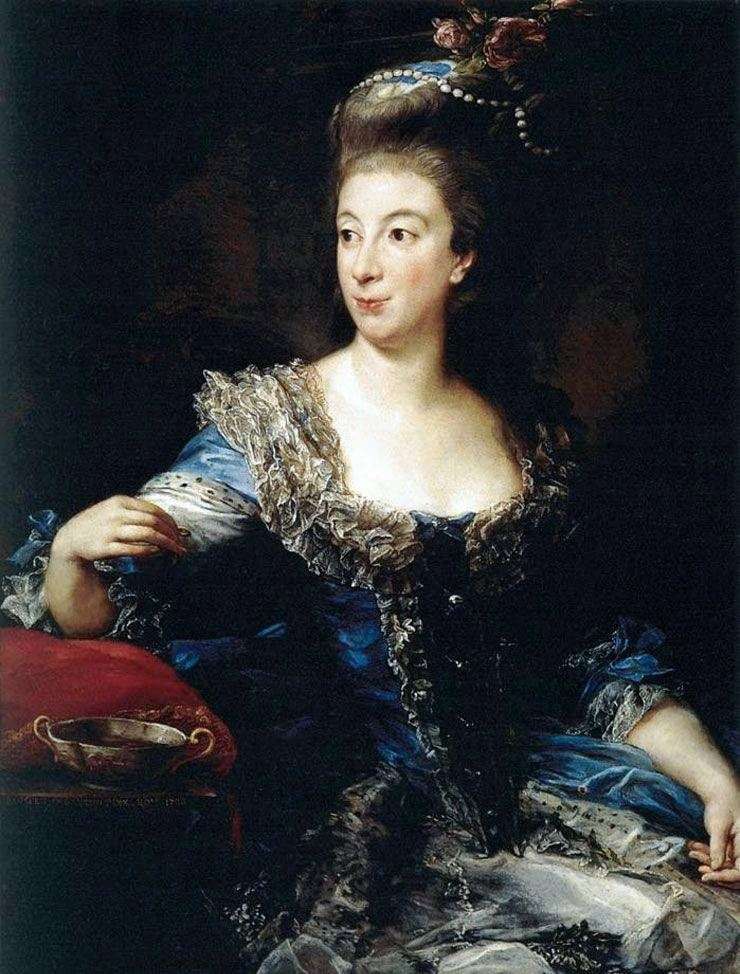 Countess of San Martino by Pompeo Batoni
Countess of San Martino by Pompeo Batoni Portrait of the Marquis of John Montermer by Pompeo Batoni
Portrait of the Marquis of John Montermer by Pompeo Batoni